No products in the cart.
One thing that many beginner gardeners struggle with is arranging plants. But why is grouping or companion planting so important?
Well, allelopathy or companion planting is based on one principle certain plant combinations can attract or repel pests as it improves growth for different plants. But it can make maintaining plants simpler as well.
Still, before you can group your vegetable garden into garden plant combinations or any additional greenery, it helps to know the structure of how they grow.
(Grouping )Companion Planting Guide
There is various vegetation you can use as companion plants. Gardeners tend to group plants according to horticultural uses like fruits, flowers, turf, trees, and vegetable gardens.
Hence, it makes it a convenient way to learn more about smaller plants or your larger plants. So, before you start grouping your plants outdoors, it helps to know different things about them and have a garden plan available to work with.
So the first thing you need to know about your small, large trees, or medium-sized plants is their lifecycle.
The Lifecycle of Plants
Finding a group category helps to know how your tomato plants, bush beans, and other plants grow and in what category they fall.
Annual Plants
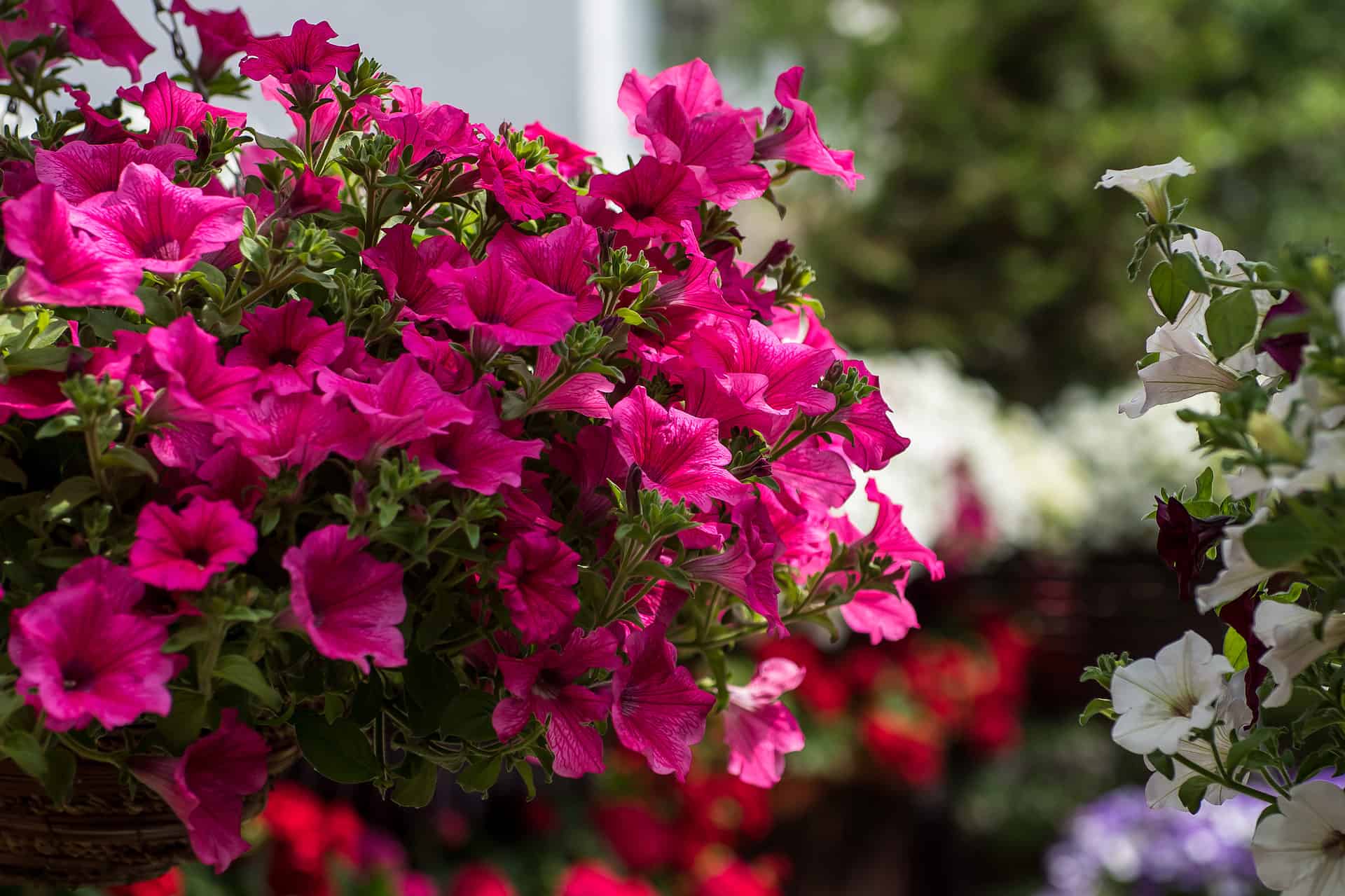
An annual plant’s whole lifecycle, from seed germination to seed production, takes place in one growing season. Unfortunately, after the growing season completes, it dies. You may think that the flowers in your garden are annual, but in their native habitats, it can be the opposite.
They can grow and flower in their natural habitat for years when freezing temperatures are absent. An excellent example is the Begonia, an ornamental plant that experts treat as an annual in the Midwest but a perennial in the southern parts.
We can subdivide annuals further into summer and winter annuals. For example, an annual winter lifecycle starts in late summer or fall and can survive through winter and flowers in spring before it dies.
While the summer annual life cycle starts in spring or summer and completes the lifecycle before fall or winter arrives.
Biennial Plants
A biennial plant starts from seed and develops a vegetative structure with food storage organs in the first season. You find the rosette or basal leaves persisting through winter. When the second season arrives, it completes the lifecycle with a flower, fruit, and seed.
After it seeds, it dies, and often the plant reseeds like in the vegetable garden with beets, carrots, celery, cabbage family, Canterbury bells, etc. Still, you can find some biennial plants that complete their lifecycle in one growing season.
Yet, it depends on their growing conditions, including temperature variations, drought, climate changes, etc.
Perennial Plants
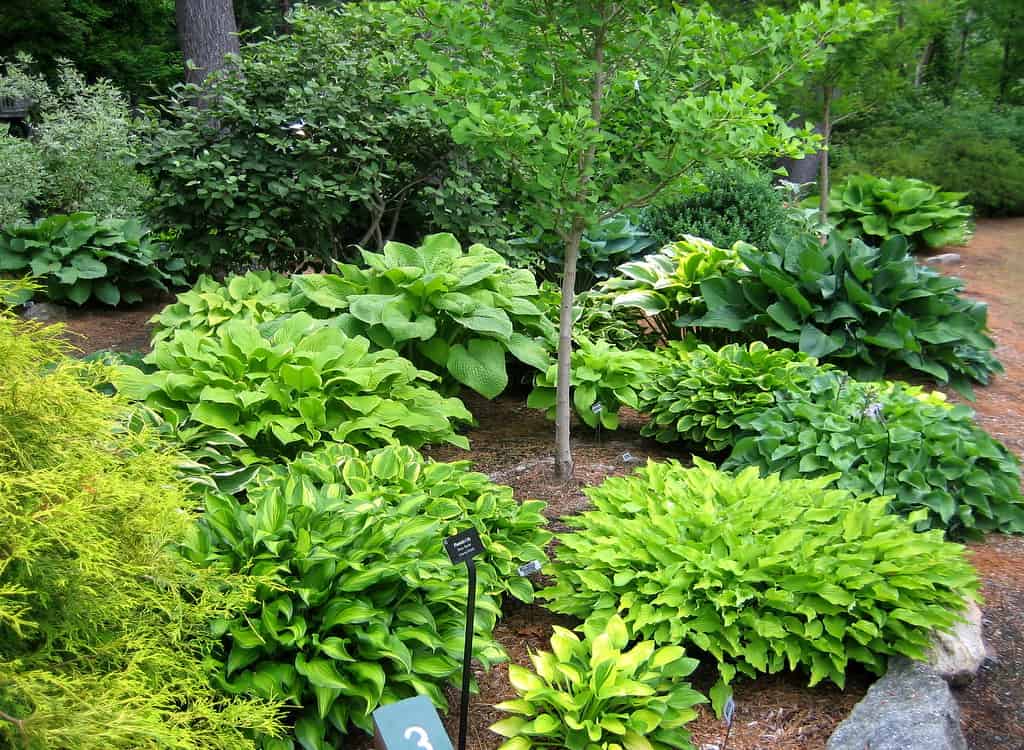
The perennial plants can live for up to two years. These plants die back in the fall to return in spring as they have an overwintering structure like a crown or rhizome. One perennial plant is your daylily with pretty flowers in colorful options.
The other members in this group are your coneflower and vegetables like asparagus and rhubarb. You even find plants categorized as weeds, like morning glory and milkweed, in this category.
We can categorize individual plants in the perennial grouping further:
Herbaceous: These plants die back to the ground in freezing temperatures to grow new stems each spring.
Woody: These types of plants include shrubs and trees.
Deciduous: The foliage on these plants persists throughout the year.
Evergreen: These plants’ leaves remain green throughout the year, but some can change to a winter bronze hue, but it does not fall off the tree.
Tender: The plant does not survive in cold winter and is grown annually.
Hardy: These plants can tolerate freezing temperatures.
Other Factor To Consider In Grouping Plants
Using companion planting helps you choose companion plants to protect your crops or neighboring plants from pests. At the same time, companion plants make your garden look pretty. You can use companion planting when growing fruit or veg side-by-side with lovely flowers.
Planting particular plants in a group can attract beneficial insects, help plants cross-pollinate, and act as a natural insecticide to repel insects. For example, garlic deters aphids, while oregano deters pests as well. Furthermore, it makes low gardening maintenance as well.
Still, you can learn a lot from your own garden when you have two or pairing plants. The important thing is to have a garden plan in place by knowing some of the following features when growing two plants side by side.
So, instead of telling you what you should do, we recommend following these insider tips on what you should not do.
Not Enough Space For Smaller Plants
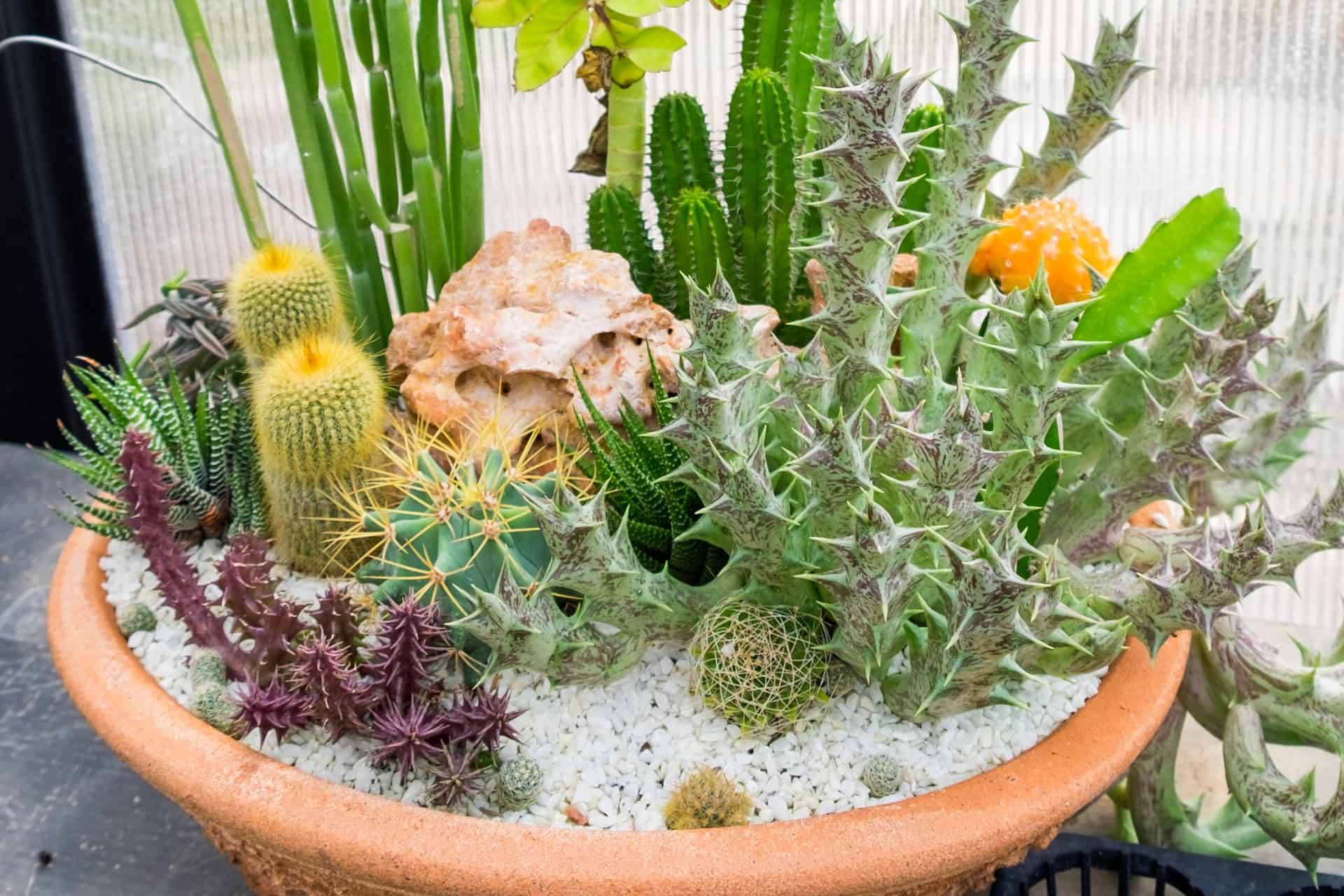
When choosing plants and needing general pest protection from flying insects, you do not want your large plants overcrowding your smaller ones. This rule applies from planting in a garden bed to more extensive container planting. But how much space do your plants need?
We recommend keeping a minimum distance depending on the variety you grow. So, if you are planting seeds, it helps to plant them in large containers to transplant to the garden bed. Why?
Some beneficial plants like African marigolds, borage, and nasturtium deters aphids but start at a reasonable size and can overgrow different plants fast. So, consider the plant’s mature size with the height and width and check the required spacing.
The important thing at planting time is to provide enough airflow and space for plants to grow.
Prevent Planting Competing For Water in The Same Area
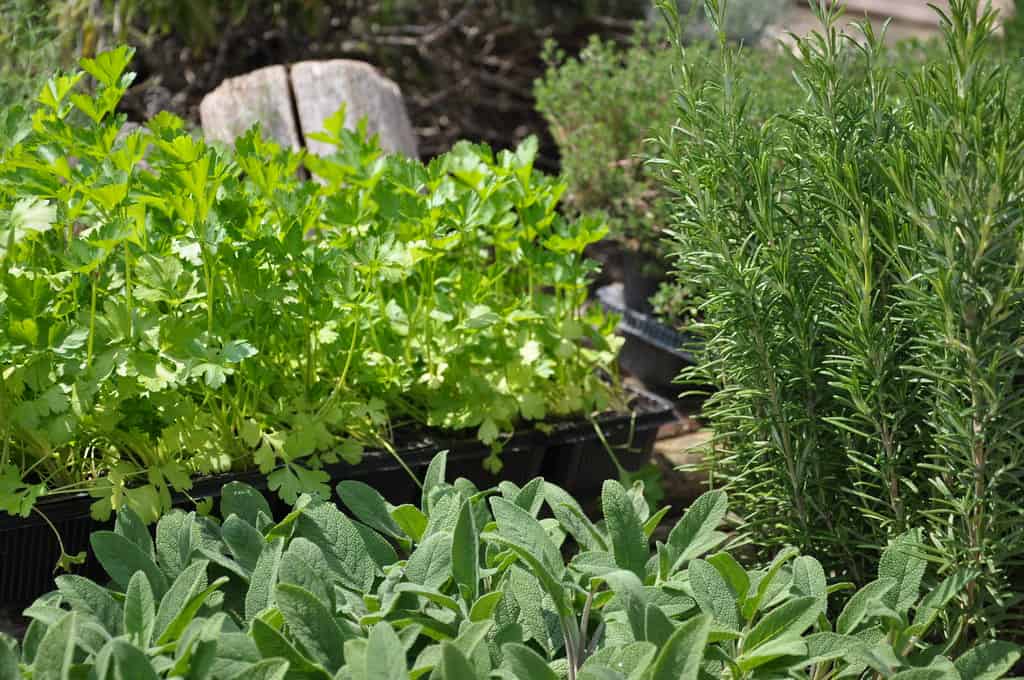
Before planting plants in the same area, consider the soil type, holding capacity, and irrigation needed. You do not want your vigorous and deep-rooted plants to deprive plants of water when it is scarce.
For example, planting some flowering plants can steal water in your veggie garden bed. Thus, it helps to grow various plants together with similar watering requirements. So, choose herbs or veg to shrubs with similar root systems to prevent other planted vegetation from dying from thirst.
Sun Loving to Low Light Consideration For Smaller Plants
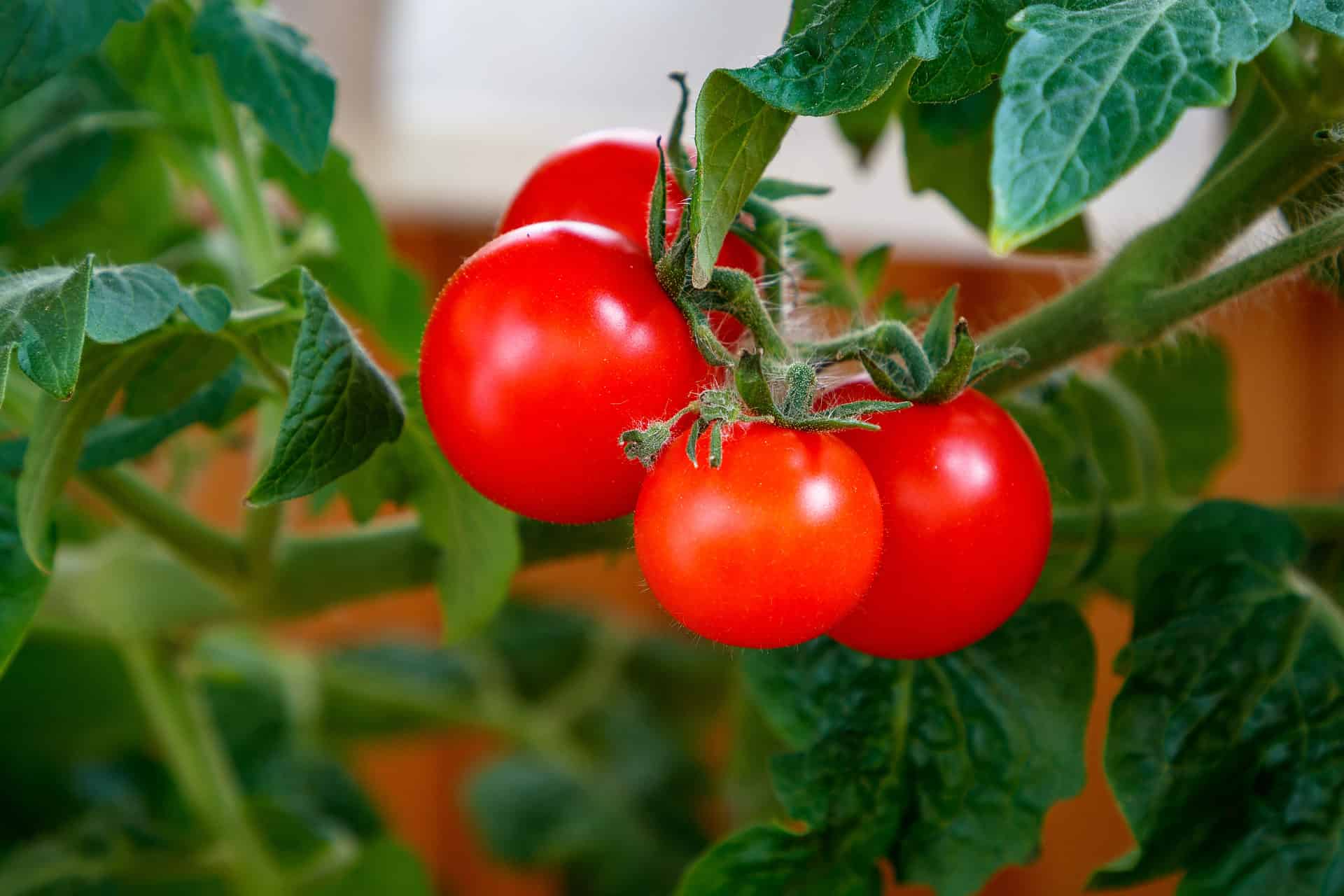
The same applies to planting plants with similar lighting needs. But, again, you do not want your smaller species to compete for light from bigger ones.
A good example is growing tomatoes to bush beans, as the tomatoes will shade out the beans. Some plants might need full sun, while others grow best in partial shade.
Hence, choose the same type of plants that are both sun-loving or need low-light conditions to grow.
Different Soil Needs For a Vegetable Garden to Other Plants
Soil fertility is essential when planting two different species in companion planting. Yet, you cannot change the soil composition once you plant your plants.
For example, broccoli, kale, and cabbage prefer well-drained soil to alkaline or loamy soil.
On the other hand, potatoes prefer sandy, acidic soil, and when planted alongside one that thrives in well-drained soil, one will end up suffering.
Aggressive Companion Planting
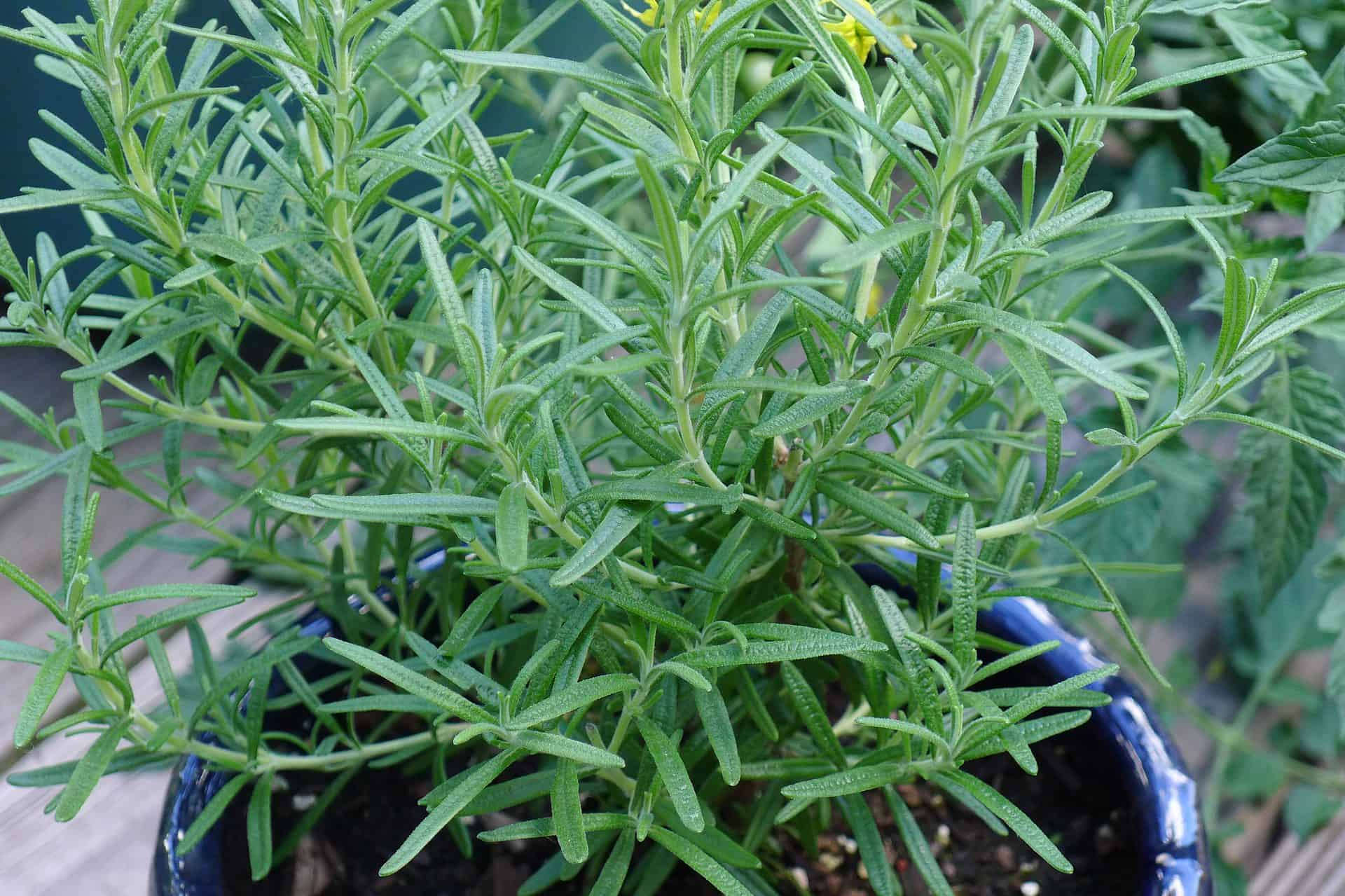
Regarding companion planting, some species are too aggressive for general garden pests to control. For example, some flowering species like bamboo, clover, and rosemary are aggressive growers. These plants choke out other plants and are spreaders with the underground rhizomes.
Prevent Shapeless Planting
While the fun part of gardening is to fill the garden bed with a variety and not the same color, there are reasons why certain plants are grown in rows or repeating patterns.
These apply to a vegetable garden as it is easier to water with the garden hose and maintain it.
Still, you can change things for the landscaping by planting in different shapes as long as the plants have the same needs. Always think of low maintenance when it comes to your garden.
Prevent Grouping Plants Attracting Similar Pests
When two plants attract similar pests like Japanese beetles, spider mites, or other pests, it is a recipe for disaster. For example, cabbage and kale attract aphids, but planting calendula and onions with sweet alyssum in between can disrupt these pests.
Benefits Of Grouping Plants
When you group plants in a raised bed, container, or in the home, it can add a visual appeal to it. But grouping plants have loads of other benefits.
Helps Control Pests
In the home to landscaping, you find different garden pests. You get onion flies, squash bugs, cucumber beetles, cabbage moths, and spider mites, to plants getting the same blight. When you group one plant with another that has beneficial aspects, it can help repel those insects.
So, with your garden plans, consider what plants you grow together to help with pest control.
Creates Plant Diversity
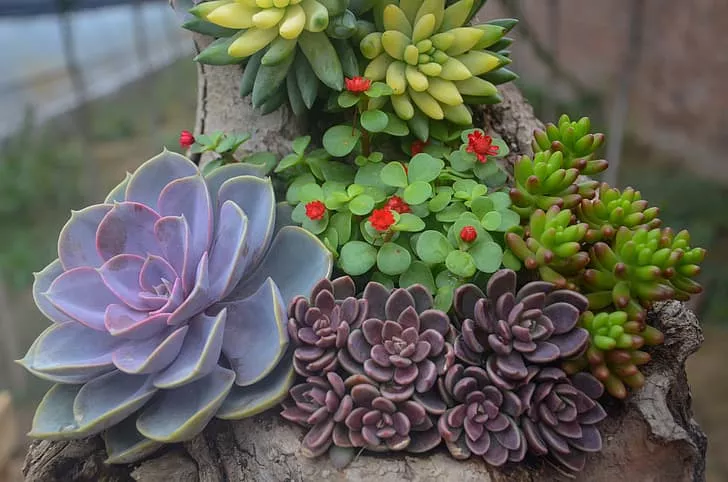
Plant diversity gives you insect diversity that decreases the number of parasites as it attracts beneficial insects. You can find a diverse combination of indoor plants you can grow together.
Helps With Cross-Pollination
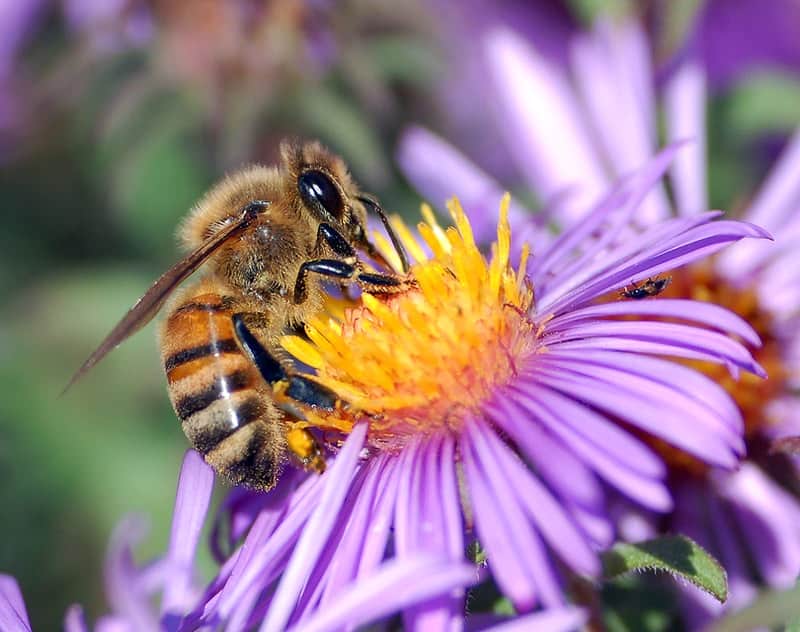
When you plant marigolds and nasturtiums, they deter a host of pests but also attract pollinators to your garden. Furthermore, it saves you loads of space at the same time.
Grouping Plants Can Enhance Some Plants Flavor
Another benefit of grouping plants is that they complement the flavor of specific plants. For example, basil improves the taste of lettuce and tomato plants while repels mosquitos. In contrast, pole beans benefit from growing next to radishes, marigolds, corn, and potatoes.
While mint improves the health of certain plants but it can become invasive.
It Saves Energy and Water

Considering your garden design and what plants to grow together saves you energy, as some plants suppress weeds. Furthermore, plants with the same watering needs can also help save water in the garden. For this reason, it helps to plant your plants with the same watering needs together.
Grouping Plants is an Aesthetic and Unique

Growing different flowers in a wide selection of colors in raised beds looks unique and adds aesthetics to the garden. Furthermore, even grouping your houseplants help with all of the above.
Final Thought
These are the fundamentals of grouping plants, and one can write a complete companion planting guide by itself. The reason is that with companion planting, a vast selection of cultivars adds benefits to each other. So whether you have a vegetable patch, a front garden, or growing plants, grouping them holds loads of benefits.
Whether you want to buy, sell or simply reach out to other plant enthusiasts, Plantly is the right place to be!


